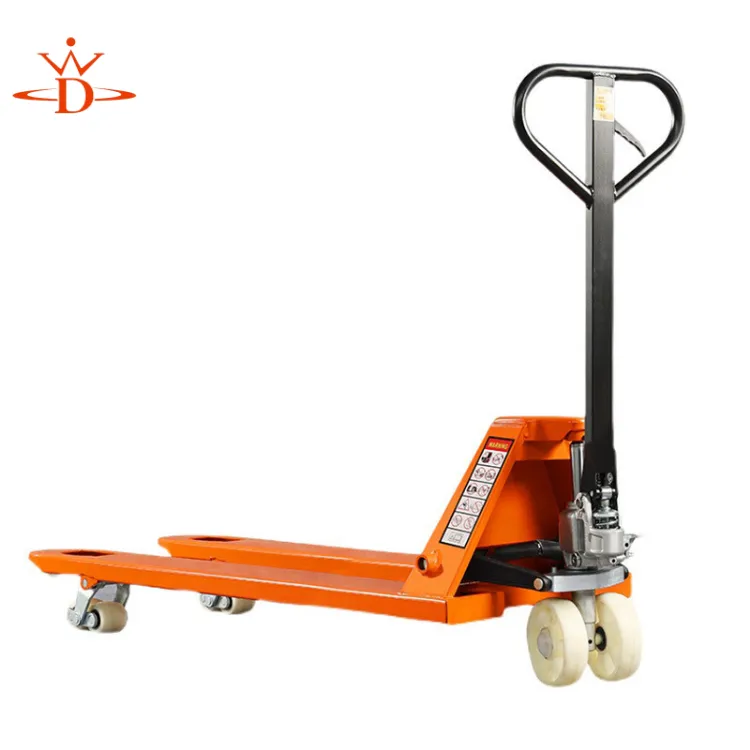gantry crane system
Gantry Crane Systems An Overview
Gantry cranes are an essential piece of equipment in various industrial applications, primarily used for moving heavy materials and loads in manufacturing environments, construction sites, and shipping yards. Unlike traditional overhead cranes, gantry cranes utilize a structure that supports a beam or bridge on vertical legs or frames, enabling them to traverse across a designated area. This versatility and mobility make them a preferred choice in many settings.
Structure and Functionality
The typical gantry crane consists of a horizontal beam supported by two or four vertical legs, which can be either fixed or adjustable. The crane operates through a system of wheels that allow it to move along a track or on wheels, granting it the ability to cover a larger area compared to stationary cranes. Many gantry cranes are designed to be moved and set up in different locations, making them ideal for temporary installations where heavy lifting is occasionally required.
The lifting mechanism on a gantry crane can vary, often employing electric hoists, pneumatic systems, or hydraulic lifters. This flexibility allows for handling a wide range of materials, including shipping containers, steel beams, and machinery. Gantry cranes can also be fitted with various attachments to enhance functionality, further broadening their application scope.
Benefits of Gantry Crane Systems
One of the predominant advantages of gantry cranes is their spaciousness. With no overhead structure blocking movement, workers can maneuver equipment or materials freely beneath the crane. This feature not only enhances productivity but also improves safety, as it reduces the risk of accidents associated with obstructions overhead.
gantry crane system

Moreover, gantry cranes offer excellent load capacity, ranging from a few tons to several hundred tons, depending on the design and materials used in construction. This ensures that they can support large and heavy items commonly found in industrial sectors. The design is often modular, allowing operators to customize the size and capabilities according to specific needs.
Efficiency is another key benefit. Gantry cranes can significantly reduce the time required for lifting and transporting heavy loads. This efficiency translates to cost savings, as less labor is required, and operational timelines can be shortened.
Applications Across Industries
Gantry cranes are found in a vast array of industries. In construction, they are utilized for erecting steel structures and lifting heavy materials to different elevations. In manufacturing, gantry cranes assist in moving components along production lines or handling heavy machinery during installation or repair. Shipping yards also rely on gantry cranes to load and unload shipping containers, facilitating the smooth flow of cargo in and out of port facilities.
These cranes are also employed in warehouses for lifting and moving products, making them versatile tools in inventory management. In the automotive industry, gantry cranes play a crucial role in assembly lines, assisting in the installation of engines and other heavy parts.
Conclusion
In summary, gantry crane systems have established themselves as indispensable tools in various industrial sectors. Their unique design, combined with the ability to handle heavy loads efficiently and safely, positions them as a preferred lifting solution. As industries continue to evolve, the demand for advanced and versatile lifting equipment like gantry cranes will likely grow, ushering in innovations that will enhance their functionality and efficiency even further. Proper maintenance and regular inspections are essential to ensure the longevity and safe operation of gantry cranes, ensuring they continue to support operations in the demanding industrial landscape for years to come.
-
Unlock Seamless Relocation with Our Heavy Equipment Moving ExpertiseNewsJun.06,2025
-
Unleash Unrivaled Flexibility with Our Adjustable Gantry CraneNewsJun.06,2025
-
Unleash Heavy-Duty Efficiency with Our Industrial Gantry Crane SolutionsNewsJun.06,2025
-
Revolutionize Steel Handling with Our Magnetic Lifter RangeNewsJun.06,2025
-
Master Equipment Mobility with Premium Machinery Mover SolutionsNewsJun.06,2025
-
Elevate Your Material Handling with Magnetic Lifter TechnologyNewsJun.06,2025
-
YS Permanent Lifting Magnets: The Smarter Way to Handle SteelNewsMay.22,2025
